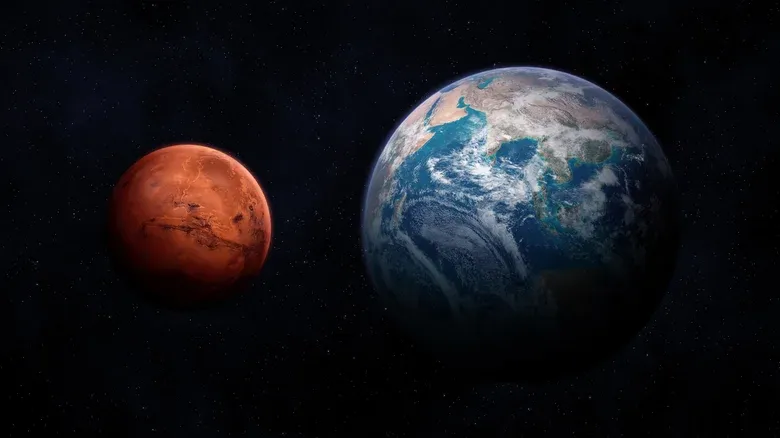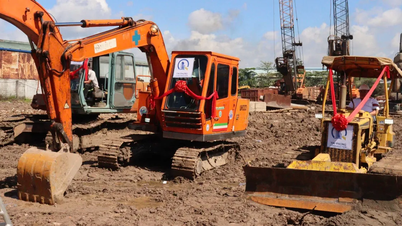 |
Time on Mars is 477 microseconds per day slower than on Earth. Photo: Shutterstock . |
NASA engineers are having trouble measuring time on Mars, because one miscalculation can ruin the whole problem. According to calculations published in July by researchers Neil Ashby and Bijunath Patla, a clock on Mars runs 477 microseconds faster per day than on Earth.
This rate changes by an additional 226 microseconds per day, depending on Mars’s position in its orbit around the Sun. This may not seem like much, but it’s important when astronomers are trying to land a spacecraft, or sync up signals with rovers already on Mars.
At the speed of light, a delay of just 56 microseconds is equivalent to about 184 football fields, meaning it would have missed the landing site entirely. This challenge, in addition to the planet’s limitations, also affects NASA’s Artemis program, which has to manage the time synchronization between Earth, the Moon, and Mars all at the same time.
Research shows that clocks on Mars run faster than on the Moon by 421.5 microseconds per day. Accurately measuring the speed of time on three different worlds is a major challenge.
According to Einstein's theory of relativity, massive objects warp spacetime, and clocks run at different rates depending on gravity and motion. The trouble is that current computational models are too simplistic.
Most previous calculations were based on planetary orbits involving just two bodies, like Earth and the Moon, or Mars. But the Sun’s gravity also creates “solar tides,” perturbations that affect how planets and moons move through spacetime, and alter the results of previous models.
Ashby and Patla's new calculations, after adding in the solar tides, were nearly 100 times more accurate than previous studies, according to BGR . This difference has created a model reliable enough to build key systems for space missions. However, the researchers have not yet fully accounted for the tidal influence of the model when applied to the Earth-Mars system.
Every GPS satellite orbiting Earth today faces the problem of its clock running faster than the clock in your cell phone because it is farther away from Earth's gravity. Without correction, the error can add up to miles in just a few hours of operation.
The same thing happens on an interplanetary scale, with multiple gravitational fields perturbed by the Sun changing over time, increasing complexity exponentially. This is the challenge engineers face when designing navigation and communications systems for projects like the Mars Sample Return mission.
The White House has asked NASA to create a separate time standard for the Moon, called Coordinated Lunar Time (CLT), similar to Earth's UTC. This new research lays the groundwork to do the same for Mars.
This time, NASA is planning to build permanent infrastructure, regular resupply missions, and even human settlements on Mars. All of which will require a time system that accurately reflects physical reality, not just a simplified textbook model.
The models aren't perfect, but they're already far ahead of what humans have achieved. The researchers say they're getting closer to the desired accuracy, with one more problem to solve.
Source: https://znews.vn/vi-sao-can-do-thoi-gian-tren-hoa-tinh-post1593473.html






![[Photo] General Secretary To Lam attends the 18th Hanoi Party Congress, term 2025-2030](https://vphoto.vietnam.vn/thumb/1200x675/vietnam/resource/IMAGE/2025/10/16/1760581023342_cover-0367-jpg.webp)
![[Photo] Conference of the Government Party Committee Standing Committee and the National Assembly Party Committee Standing Committee on the 10th Session, 15th National Assembly](https://vphoto.vietnam.vn/thumb/1200x675/vietnam/resource/IMAGE/2025/10/15/1760543205375_dsc-7128-jpg.webp)



























![[Video] TripAdvisor honors many famous attractions of Ninh Binh](https://vphoto.vietnam.vn/thumb/402x226/vietnam/resource/IMAGE/2025/10/16/1760574721908_vinh-danh-ninh-binh-7368-jpg.webp)


































































Comment (0)